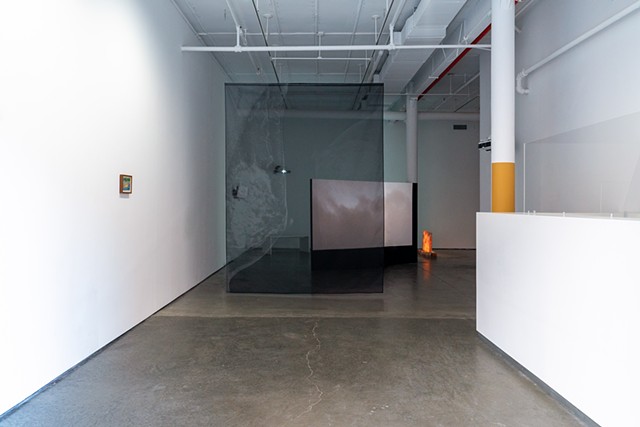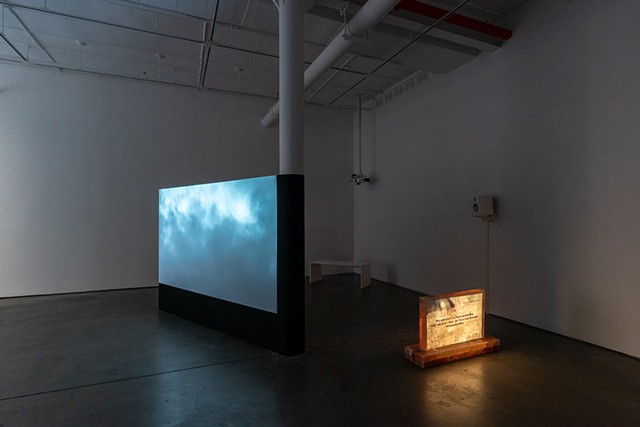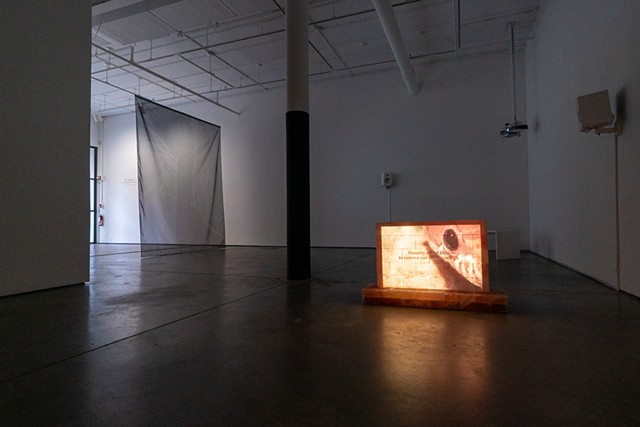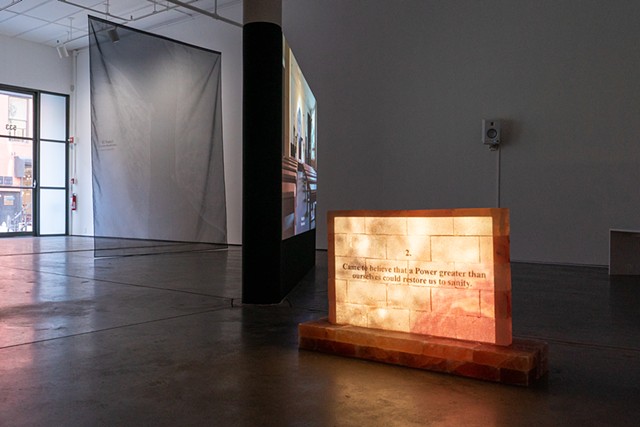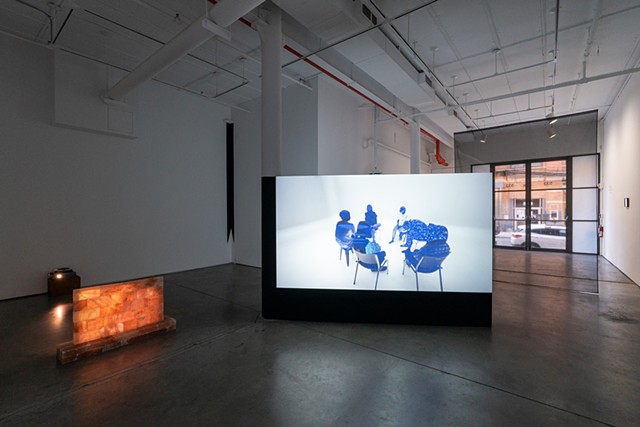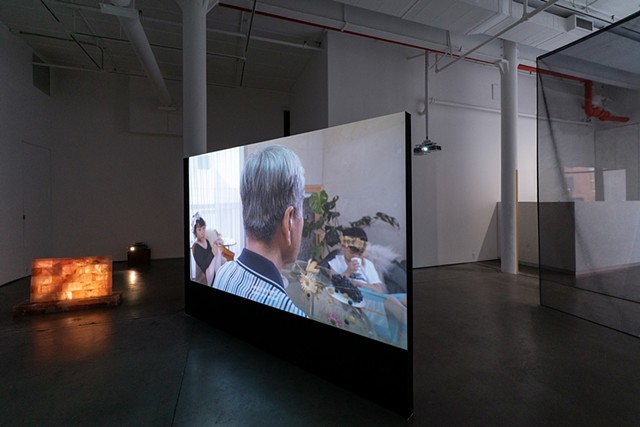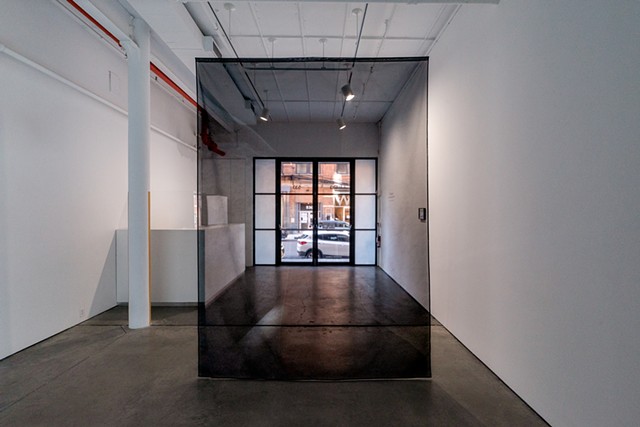A Son Older Than His Father
Opening Hours: Tuesday – Saturday, 10am — 6pm
DOOSAN Gallery New York: 533 W 25th Street, New York, NY 10001
Free Admission / Tel: +1-212-242-6343(6484)
DOOSAN Gallery New York presents A Son Older Than His Father, a solo exhibition by Yi Yunyi from January 14 to February 13, 2021. A recipient of 2018 9th DOOSAN Artist Award, Yi participated in our Spring 2020 DOOSAN Residency New York. This is her first solo exhibition in New York, which was rescheduled due to Covid-19.
Yi Yunyi works with video and installation based on her personal experiences and relationships, focusing on the process of establishing ‘You’ and ‘I’ within them. In her video works, Yi’s acquaintances, colleagues, and partner appear and weave a story together as she pays attention to the similarities and differences derived from exchanging their narratives based on the intimacy and unfamiliarity. Yi delivers a story through various media including poetic words, video, performance, and installation. This exhibition is laid out in a form of a book, presenting her interpretation of the process of individuation formed in a relationship. Her motive derives from a combination of the wood prints from the 16th-century alchemical treatise, The Rosary of the Philosophers, and the Individuation Process theory by Carl Jung’s interpreting the four stages of alchemy: nigredo(blackness), albedo(whiteness), citrinitas(yellowness), and rubedo(redness).1) The title of the show is quoted from the last passage of the main work of this exhibition, October to June (2019), “The old man, as old as his father.”
The print work, Pat on the Back and Snatch the Liver (2019), situated at the gallery entrance, functions as a cover of a book. X-Ray images of the artist’s breasts are reflected upside-down, facing each other while exposing the inside. The title reminds of an antinomic situation of concurrently encouraging yet deceiving oneself similar to a Korean proverb, “pat on the back and snatch the liver.” Also, it brings out an ethereal tension created from observing her own body through the perspective of ‘Other’ rather than ‘Self.’ The text listed on the Himalayan pink salt sculpture, The Twelve Steps of Alcoholics Anonymous (2019) represents table of contents. Severed images of a red snake and the 12 steps of AA program are projected on the reddish salt screen to remind of an altar. These 12 principals, including self-supporting, self-promises, and imperfectness, aim for “the spiritual growth rather than perfection” for not just the alcoholics but also our daily lives. The video work, October to June (2019) belongs to a principal text of a book. The video juxtaposes the life of a man in a rehabilitation center and symbolizes components based on the explanation using alchemy in Jung’s analytical psychology. While Jung asserted that a patient and a psychiatrist - who used to be individual beings - could accomplish the spiritual growth by building the intimacy through sessions and experiencing the transference of feelings, Yi spots the process of a shift from the third-party perspective to the experience of an unconscious connection. A calming voice in the video states, “Just like me, this person is learning about life,” which reminisces that ‘You’ and ‘I’ are unconsciously connected to each other.
Yi Yunyi questions the opposing concepts of the conjunction of poetic words, rhythm, image, and sound. She shows the process of reaching the answer that body and mind, consciousness and unconsciousness, self and the other are not opposed to, but integrated with each other as archetypes. This exhibition tells a story with metaphors and symbols of a spiritual journey searching for similarity among the development of individuals.
1) The Rosary of the Philosophers (Rosarium Philosophorum), published at Frankfurt, in 1550, is the alchemical treaties including a series of 20 woodcuts. Carl Gustav Jung explained the process of the Individuation and psychoanalysis by comparing the woodcut images with the four stages of alchemical transmutation in his book, The Psychology of the Transference (1946).
Press released by DOOSAN Gallery New York
Photo by Jiwon Choi
